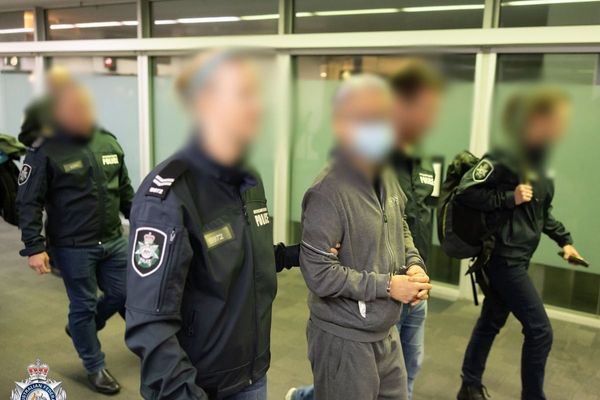VIRGINIA BEACH, Va. — More than four times as many prescriptions for COVID-19 treatment pills were filled in richer Virginia ZIP codes than those with the lowest state income last month.
The Virginia Department of Health is trying to figure out why.
In Virginia’s richest and least struggling ZIP codes, 14,740 prescriptions were filled, while in the middle income and struggling ZIP codes, 5,974 prescriptions for COVID-19 oral treatments were filled. In the lowest income and most struggling ZIP codes, 3,296 prescriptions for the treatments were filled in the previous month, according to VDH data.
“It’s something we’ve been tracking very closely since the launch of antivirals,” said Alexis Page, one of the leaders of health care therapeutics coordination for the health department’s COVID-19 task force.
There are several issues with the data that make it difficult to tell if the disparity exists because of actual need for the treatments or issues with access, she said.
The VDH is trying to figure out just how much of any particular area is even eligible for the oral treatments, Page said. To be prescribed oral treatments such as Paxlovid, a person must have tested positive for COVID-19, be at high risk for more serious symptoms and have mild to moderate symptoms for five days or less while not in the hospital, according to the U.S. Department of Health and Human Services.
As of July 8, pharmacists were able to prescribe Paxlovid. Since then, VDH estimates, there is a higher proportion of people in wealthier ZIP codes that test positive for COVID-19 that need antivirals, roughly 4 out of 5, according to data provided. Estimates for the same period for middle income and vulnerable people is 58% and the most vulnerable is 56% of people who test positive for COVID-19 are in need of a prescription for oral antiviral treatment.
However, Page emphasized those figures are estimates based on the limited data.
A complication is the lack of knowledge about just how many people have tested positive for COVID-19 in a given time because many at-home test results are not reported to VDH, according to Page. Another is the filled prescription data does not account for population density and many of Virginia’s lower income ZIP codes tend to be rural with smaller populations.
“We’re doing the best we can with the numbers we have and to remove that statistical noise as best we can,” Page said.
Nearly a third of Virginia’s 1,216 COVID-19 oral antiviral providers — 464 — are in ZIP codes with the lowest ranks for income, health, language and transportation. The trend mirrors the situation nationally — where the rate of oral treatments was lowest in the most vulnerable ZIP codes even though they had the largest number of sites to receive the medication, according to a June Centers for Disease Control and Prevention report.
The disparity shows up across the state, said Dr. Cynthia Romero, director of the M. Foscue Brock Institute for Community and Global Health at Eastern Virginia Medical School. She said it can be difficult to find a solution when the data cannot point to one clearly.
“It’s a significant issue if you don’t have the true data to make the right conclusions,” Romero said.
People could understandably have hesitations and reservations about engaging with the health system because of negative experiences, she said.
But outreach through trusted community groups, such as churches, can help the the health department spread important information such as the availability of a COVID-19 treatment and how to obtain that treatment, Romero said.
The VDH is ramping up free test-to-treat centers where people can obtain prescriptions for antivirals if they test positive and are eligible for the treatment, as well as keeping providers up to date about the availability and effective use of oral antivirals, according to the health department.
Romero said community groups and health groups need to get good information to communities that the health department alone may not be able to reach.
“It really takes everybody’s cooperation,” Romero said. “VDH cannot do it by themselves.”
Page said the department wants to make sure the drugs are being distributed equitably and patients across the state are able to access the treatment.
“I think we’re just going to have to do the best we can with the numbers we have,” Page said.
———







